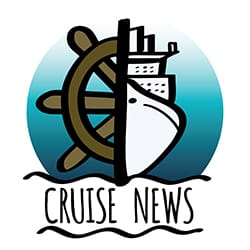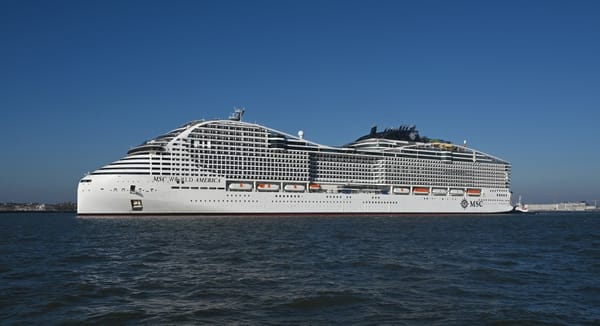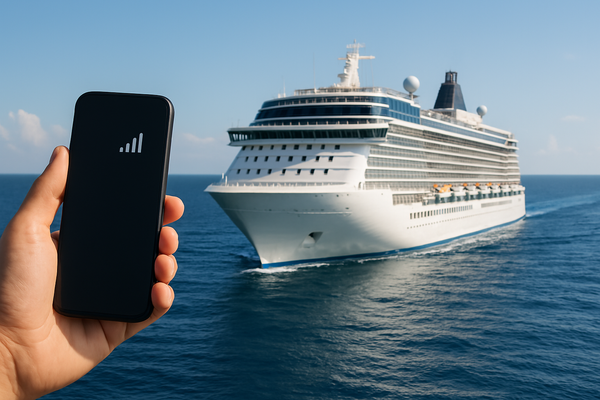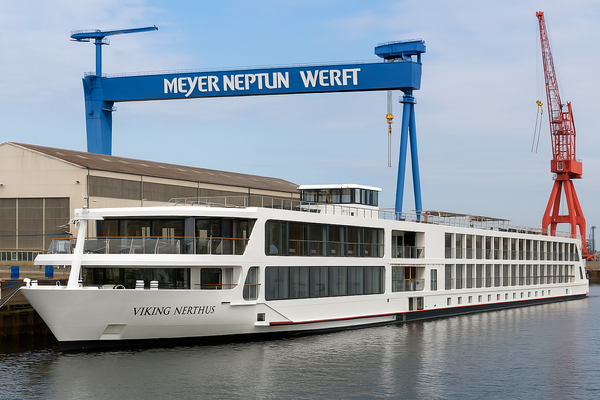Fiumicino's New Cruise Port Stirs Economic and Environmental Debate
The Fiumicino Waterfront project, set to redefine tourism near Rome, stirs local and environmental debate.
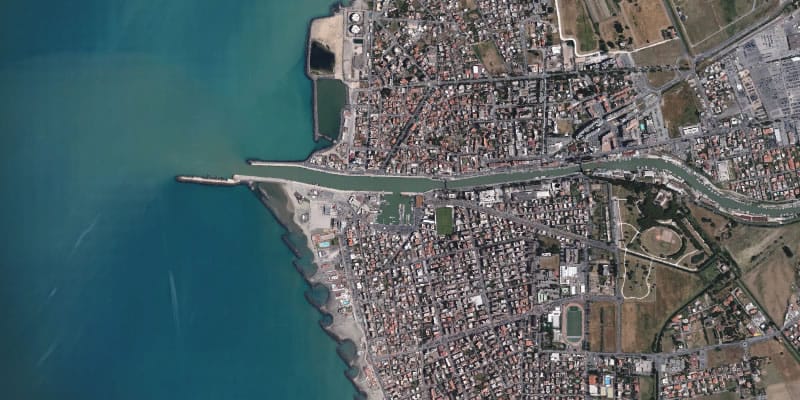
Royal Caribbean’s ambitious plan to build a new cruise port in Fiumicino, Italy, is attracting both support and criticism, reflecting the complicated dynamics of modern cruise tourism development. Located just 20 miles from Rome in Isola Sacra, the proposed “Fiumicino Waterfront” aims to accommodate Oasis Class ships carrying up to 7,000 passengers. While local authorities and Royal Caribbean tout the project as a transformative economic opportunity, grassroots organizations and residents worry about environmental harm and permanent changes to Fiumicino’s seaside charm.
Project Overview: Fiumicino Waterfront
Developed by Royal Caribbean in partnership with Icon Infrastructure, the initiative is expected to become Italy’s first privately managed tourist port of this scale. The expanded marina will provide berthing for large cruise ships as well as smaller vessels, built to handle more passengers than the current cruise terminal in Civitavecchia, which lies about an hour from Rome. According to Royal Caribbean, the project will create about 7,000 jobs—2,000 in construction and 5,000 in operations—and feature environmental technologies such as shore power systems to reduce emissions from docked vessels.
Project plans involve dredging three million cubic meters of sand and extending a breakwater. Supporters maintain that these improvements will serve Rome’s tourism needs while boosting the local economy, but some residents fear the major coastal changes could have lasting ecological repercussions.
Local Concerns and Opposition
Fiumicino’s scenic waterfront, including a community of stilt houses, has become a focal point for local opposition. Activist groups such as Collettivo No Porto contend that the port’s expansion—by paving over sections of the coastline and modifying marine infrastructure—could forever alter the area’s character. Opponents also warn of potential shifts in tides and currents, pointing to past infrastructure projects in the region that failed to account for environmental consequences.
Many residents are also skeptical about promised economic benefits. They argue that most cruise visitors may head directly to Rome or Leonardo da Vinci Airport, offering little gain for local businesses while leaving the community to bear any environmental fallout. “These economic forecasts might be overly optimistic,” said retired engineer Giancarlo Petrelli, noting Fiumicino’s limited appeal compared to Rome’s iconic attractions.
Industry Strategy and Broader Implications
Royal Caribbean’s decision to establish an independently managed port in a region facing regulatory pressures follows a broader trend in the cruise industry. As cities like Venice and Dubrovnik tighten restrictions on large vessels, operators are looking to secure more control over dock space and itineraries. By owning or leasing private port facilities, the company aims to bypass local cruise caps and other limits that larger vessels frequently encounter in urban centers.
Precedents for this approach include Royal Caribbean’s privately owned locations in the Caribbean, which grant the line greater freedom to manage arrivals and environmental protocols. Similar moves in Europe may encourage other cruise lines to set up private docking areas—a development that could reshape how mass tourism interacts with host communities and municipal regulations.
Environmental and Policy Debate
Experts caution that granting cruise companies wider autonomy in local infrastructure projects can weaken the oversight of traditional authorities. Pietro Spirito, a professor at Mercatorum University, points out that “allowing cruise lines to establish stopovers outside traditional regulatory frameworks” risks undermining local governance in sensitive coastal regions. He also warns that such developments might spur comparable endeavors elsewhere, further eroding community control over tourism decisions.
In response, Royal Caribbean says that the Fiumicino Waterfront aligns with Italy’s jubilee programs and that incorporating sustainability features, including emission-lowering technology, will ease local concerns. Nevertheless, many residents remain apprehensive about the permanent impact on their environment, fearing that short-term economic gains could be overshadowed by long-term ecological and social costs.
What emerges in Fiumicino is emblematic of the broader debate surrounding cruise tourism: how to reconcile the promise of economic growth with the duty to protect local culture and ecosystems. As the industry continues to adapt to an era of heightened scrutiny, communities worldwide may watch Fiumicino’s example closely for insights into balancing development with conservation.
What makes Fiumicino Waterfront different from other Italian cruise ports?
Unlike traditional government-operated cruise ports in Italy, the Fiumicino Waterfront will be privately managed by Royal Caribbean. This model grants the company substantial control over schedules, infrastructure, and passenger amenities, which some see as an advantage in regions facing tighter cruise regulations.
What are the main environmental concerns associated with the project?
Critics point to the dredging of three million cubic meters of sand, the extension of a breakwater, and the paving over of sections of the coastline as potential threats to Fiumicino’s marine environment. Environmental advocates worry these changes could disrupt local ecosystems and accelerate coastal erosion, citing past infrastructure projects in the region as cautionary tales.
What economic benefits does the port project claim to bring?
Royal Caribbean estimates that the port’s construction and operation will create around 7,000 new jobs. The company also anticipates that the streamlined link between Rome, Fiumicino, and the area’s main airport could attract significant tourism spending.
Why do some locals oppose the development?
Many residents fear the project will diminish Fiumicino’s small-town coastal identity, transforming it into a busy cruise port. They also doubt that most passengers will visit local shops or restaurants, suggesting that any regional profits may be overshadowed by environmental and infrastructural drawbacks.
How does this project tie into Royal Caribbean’s global strategy?
Royal Caribbean has pursued similar strategies in locations such as the Caribbean, where private port ownership enables easier compliance and fewer regulatory obstacles. By investing in Fiumicino, the cruise line hopes to buffer its operations against emerging restrictions in established European ports, ensuring continued access for its largest Oasis Class vessels.
